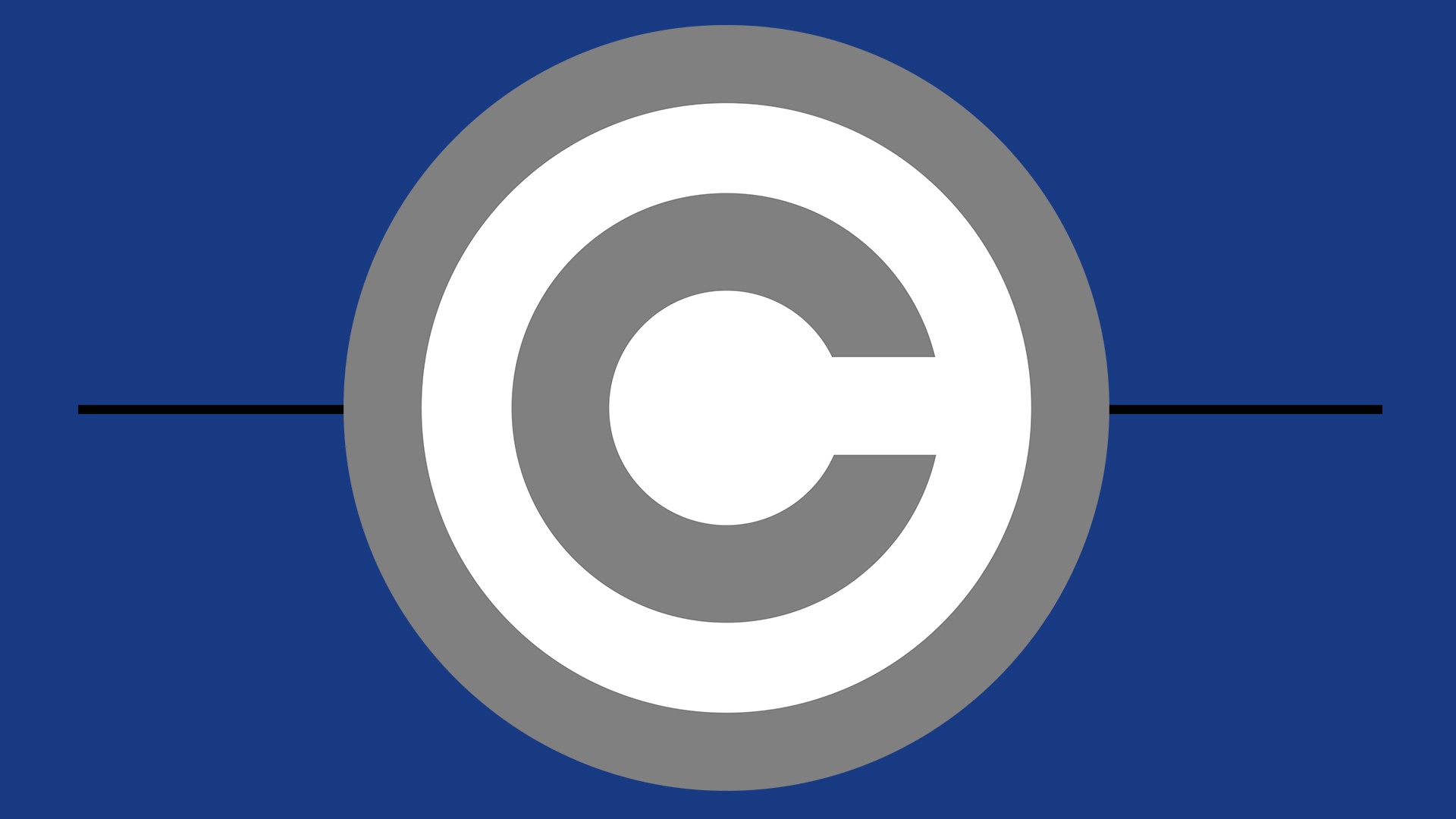
Although copyright protection in the U.S. is automatically granted upon the fixation of an original work of authorship, it is recommended that a copyright protected work contain a notice and be registered with the U.S. Copyright Office.
 An application for copyright registration can be completed at any time during the life of the copyright and requires 3 items:
An application for copyright registration can be completed at any time during the life of the copyright and requires 3 items:
- a properly completed application form
- a nonrefundable filing fee
- a nonreturnable deposit of the work being registered
Usually, the deposit consists of 1 or 2 copies of the best edition of the work. For computer programs, the deposit requirement consists of one source of code print out of the first and last 25 pages of the program. However, for a program less than 50 pages, the deposit requires a copy of the entire program.
The application process can be completed either electronically or through a paper application. The electronic application costs $35 for a single application (single author, same claimant, one work, not for hire) and $55 for a standard application (all other filings). Paper applications cost $85. The registration fee can be paid in a variety of ways including through credit card, debit card, e-check, or through the Copyright Office deposit account. The Copyright Office accepts American Express, Discover, MasterCard and Visa.
How To Fill Out Copyright Registration Application Forms
1. First, you need to access the U.S. Government’s official copyright registration page, which is located at https://copyright.gov/registration/.
2. Second, you need to decide whether you will complete an electronic form which can be accessed through eCO (electronic Copyright Office) or the printable CO (Copyright Office) form which is a paper form which can be filled out online and then printed for mailing purposes. Both forms can be completed online and require the same information from the registrant.
3. Once you have accessed the application form, you will see section 1 entitled “Work Being Registered” where you will need to select the boxes in the section according to the type of work you have submitted. For a “one piece” work, you must enter the title in the space provided. A registrant should only complete the “Serial Issue” subsection if the submission consists of numbered pieces that are presented in sequential order. Make sure to provide the requested information for a previously published work but leave this section blank if the work has never been published.
4. In section 2 titled “Author Information”, the registrant must provide the full name, domicile, and citizenship of the author or business who is the author of the submission. In the subsections entitled “Author’s Contribution” and “This Author Created,” the registrant should state which portions of the work can be attributed to the listed author.
5. In section 3 titled “Copyright Claimant Information,” the registrant must provide the name and contact information of the individual or business that is claiming ownership of the copyright. Only provide a name under the “Copyright Acquired By” subsection if the individual or business acquiring the copyright is different from the author of the submitted work.
6. Only fill out section 4 titled “Limitation of Copyright,” if the work you are submitting includes previously copyrighted material or material that is already part of the public domain.
7. For section 5 titled “Rights and Permissions,” provide the requested name and contact information for the individual authorized to grant permission to use the work once the copyright is registered.
8. For section 6 titled “Correspondent Contact,” provide the contact information for the person that is authorized to answer any questions that the Copyright Office may have about the submitted work or registration application.
9. In section 7 titled “Mail Certificate To,” list an individual who can accept delivery of the copyright certificate of registration.
10. Lastly, provide an electronic signature for an online form, or if you are filling out the CO form, print it out, sign it and mail the application to the U.S. Copyright Office.
Electronic Applications:
Online registration through eCO is the preferred way to register basic claims for literary works; visual arts works, performing arts works (motion pictures), sound recordings and single serials. The advantages that come with an online application include a lower filing fee in comparison to a paper application, faster processing time, online status tracking, and the ability to upload certain categories of deposits directly into eCO as electronic files.
Paper Applications:
You can also file for a copyright registration through paper applications. These fill-in forms can be accessed through the Copyright Office website and clicking on the “Forms” tab. Upon completion of the fill-in form, print out the form, sign it and mail it with a check or money order and your deposit. The fee for basic registration using one of these forms is $85 however, credit cards are not accepted for filings using these forms unless they are hand delivered to the Public Information Office. This fee is higher than online registration due to the higher labor costs required to process claims submitted on paper.
Below is a list of what fill-in forms should be used for a particular work:
Form TX- Used for published and unpublished nondramatic literary works
Form SE- Used for serials such as newspapers and periodicals
Form G/DN- Used for a complete month’s issues of a daily newspaper
Form PA- Used for performing arts (musical and dramatic works, motion pictures, and other audiovisual works)
Form VA- Used for visual arts (pictorial, graphic and sculptural works)
Form SR- Used for sound recordings
Applications That Must Be Submitted On Paper:
Form CA- For correction or amplification of information in a registration
Form D-VH- For registration of vessel hull designs
Form MW- For registration of mask works
Form GATT- For registration of works in which the U.S. copyright was restored under the 1994 Uruguay Round Agreements Act
Form RE- For renewal of copyright claims
Some Types Of Group Submissions Including- Form G/DN for daily newsletters and Form TX for automated database updates that consist mostly of content other than photographs









